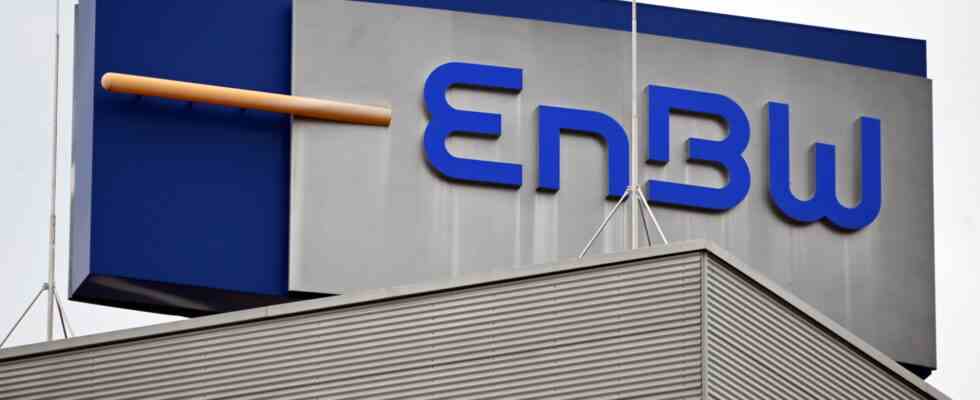Status: 03/31/2022 1:14 p.m
The planned terminal for liquid gas in Stade has its first major customer: the energy supplier EnBW has reached an agreement in principle with the operator. The LNG terminal is scheduled to go into operation in 2026.
The energy supplier EnBW wants to purchase at least three billion cubic meters of liquefied natural gas (LNG) per year via the planned LNG terminal in Stade. EnBW and the operator Hanseatic Energy Hub (HEH) signed a corresponding declaration of intent, as both companies announced.
The terminal in Stade should be ready from 2026 and will have a planned regasification capacity of twelve billion cubic meters per year in the final stage. According to EnBW, LNG plays a central role in fuel diversification for energy production.
“Deliberately decided for Stade”
“We therefore made a very specific decision in favor of Stade as the import terminal. The project has a high degree of technical, approval-related and commercial maturity,” said Georg Stamatelopoulos, EnBW Board Member for Sustainable Generation Infrastructure. He cited the short connection distance to the German gas transport network and the “zero emissions concept” as plus points.
LNG is deep-frozen at minus 162 degrees, transported in liquid form by ship, landed, heated, “regasified” and then fed into the networks. Since the process waste heat from the nearby industrial and chemical park is to be used to heat the LNG in Stade, the terminal does not release any CO2 during operation.
The energy supplier is Stade’s first major customer. HEH spoke of a “strong anchor customer”. In addition to the intended gas purchase volume, talks are also being held about “extraordinary cooperation”. A company spokeswoman did not give any details.
Two more locations for LNG terminals
In addition to Stade, terminals for LNG from other supplier countries are also planned in Wilhelmshaven and Brunsbüttel. Both locations have been explicitly confirmed by the federal government. The construction of these import terminals should not be delayed, said Lower Saxony’s Energy Minister Olaf Lies (SPD) yesterday about the plans. If necessary, the work should be able to start while the approval process is still ongoing. “Here, as a state, we have to take risks if necessary.”
The shareholders of the Stader Hanseatic Energy Hub are the gas infrastructure operator Fluxys (Belgium), the Partners Group (Switzerland) and the Buss Group from Hamburg. HEH plans to submit the permit documents for the LNG terminal and port before Easter 2022. According to HEH, at maximum capacity, around ten percent of Germany’s gas requirements could be covered via Stade.
800 million euros in investments are planned for the project directly on the Elbe on the premises of the chemical group Dow Chemical. In addition, there are around 150 to 200 million euros for public port facilities. Germany currently obtains liquefied natural gas exclusively via terminals in other European countries.

